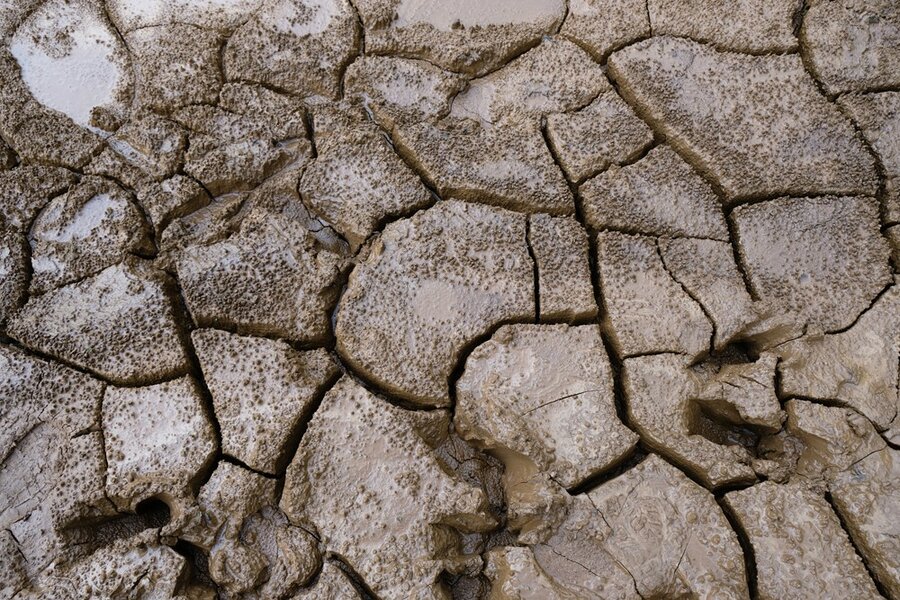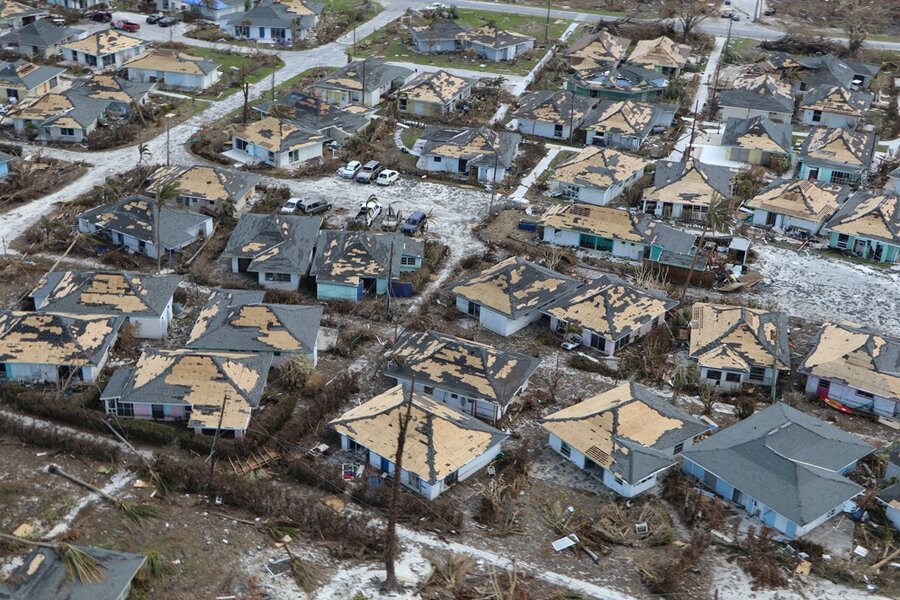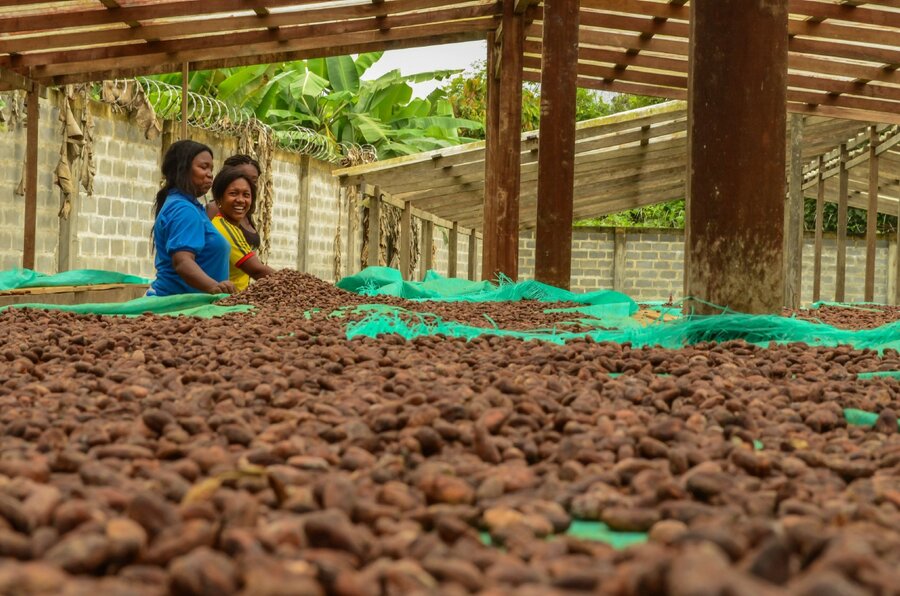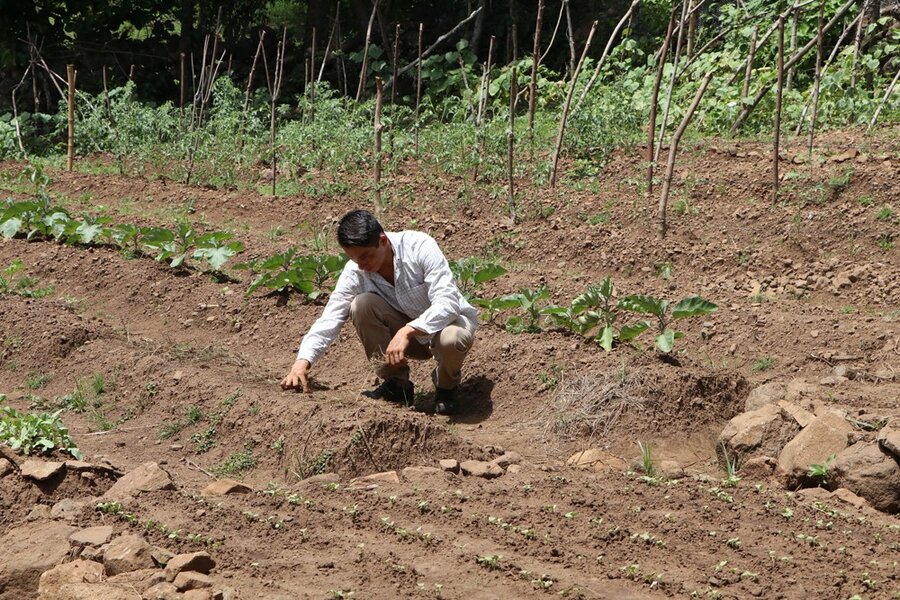Latin America and the Caribbean: a laboratory for climate action
As world leaders gather in Madrid for the 25th UN Climate Change Conference (COP 25), Salvadoran farmer José Cirilo Mendoza looks worriedly at the sky — five consecutive years, prolonged dry spells and excessive rains have taken a heavy toll on subsistence farmers like him in Central America's Dry Corridor.
From hurricanes pounding islands to drought destroying crops across Central America, and erratic rain patterns affecting the livelihoods of indigenous communities living on Andean slopes, climate-related challenges in Latin America and the Caribbean are as diverse as are the region's landscapes. Climate change is exacerbating many of these, with higher temperatures, delayed rainy seasons, rainfall irregularity, and increasingly frequent and extreme weather events.

But it is not just about problems. "The Latin American and Caribbean region offers exciting opportunities to test and scale up a wide range of solutions to address climate-related issues," says Kathryn Milliken, Climate Change Advisor at the World Food Programme (WFP). "With many countries having middle-income status and greater public-private capacities than in most of the places where we work, this region can be a laboratory for a new way for WFP and partners to work."
One such way is promoting the integration of climate-risk financing into governments' social-protection systems. Climate-risk finance tools are critical in ensuring that when a climatic event is either forecast or triggered by reliable weather information, vulnerable people can receive rapid support to withstand or recover from the shock.

"In the Caribbean, recent events including Category 5 Hurricane Dorian, which hovered over parts of Grand Bahama for two days, have shown how climate change is increasing the threats to the lives and livelihoods of poor and vulnerable people," Milliken says. "Here, making national social-protection mechanisms more shock-responsive and adaptive can help get emergency assistance to large populations more quickly, reducing the impact of disasters and protecting against loss to development gains."
WFP's strategy to achieve this includes advocating with the governments of Caribbean small island states to adopt a mix of risk financing that respond to the frequency and magnitude of climate-related disasters and other risks. It also involves testing how certain risk-finance tools can be connected to national social-protection schemes so that rapid response funds can be provided to vulnerable people in the event of a disaster.
Elsewhere in the region, adaptation is the name of the game. In Ecuador, higher average temperatures, changing rain patterns, the melting of glaciers, environmental degradation and more frequent extreme weather events are putting a strain on people's livelihoods such as in farming, cattle raising, forestry and fishing. Working with communities and authorities at the national and local level, WFP has been strengthening adaptive capacities to this changing climate. One simple measure has seen more than 19,000 people reached through a radio awareness campaign on climate change and the risks it entails. Community projects have improved people's access to drinking and irrigation water, drought-resistant seeds and climate-smart agricultural practices. A unique addition is the training and awareness of these communities on gender issues to promote spaces of respect and equity.

On either side of the border between Ecuador and Colombia, Indigenous and Afro-descendant communities have been struggling with land degradation, soil erosion and changing rainfall patterns. A new project funded by the Adaptation Fund (an international fund that finances projects and programmes to help developing countries to adapt to the harmful effects of climate change) is allowing WFP and partners to combine scientific knowledge with traditional local practices to promote climate-resilient activities — such as cocoa cultivation — which could help them generate incomes and achieve food security.
In a region with an extremely rich ancestral heritage, Indigenous knowledge can also complement modern technologies in producing dependable and timely weather forecasts, on which both adaptation and risk-insurance activities depend. This has been the case in Bolivia, where the traditional ability to read natural signs — or bioindicators — has been woven into the national early warning system.
When things are particularly bad, adaptation measures can be combined with assistance. As prolonged drought destroyed staple maize and bean crops in the Central American Dry Corridor — which cuts across El Salvador, Guatemala, Honduras and Nicaragua — leading to 1.4 people being in need of food assistance, WFP provided cash transfers to families to support them through to the next harvest.

"The Dry Corridor is characterized by extreme climate variability and high economic inequality. We are also now observing migration not only increasing but turning from a seasonal phenomenon to a permanent one," Milliken explains. "Through efforts to increase people's food security and overall resilience, including with access to microinsurance products, climate information and training on how to diversify crops and livelihoods, we aim to help people adapt to their changing environment and remain on their lands."
Looking to the future, Milliken concludes: "The climate emergency is here, and vulnerable people in Latin American and the Caribbean are feeling the brunt of the impacts of climate variability and change. WFP is looking to address the urgency in this region, finding solutions that will get support to these populations at the scale needed. This is a joint effort involving important partnerships with governments, the private sector, researchers and civil society. Together we hope to systematize these experiences so larger numbers of people can benefit from them, and serve as a model for other countries and regions."


